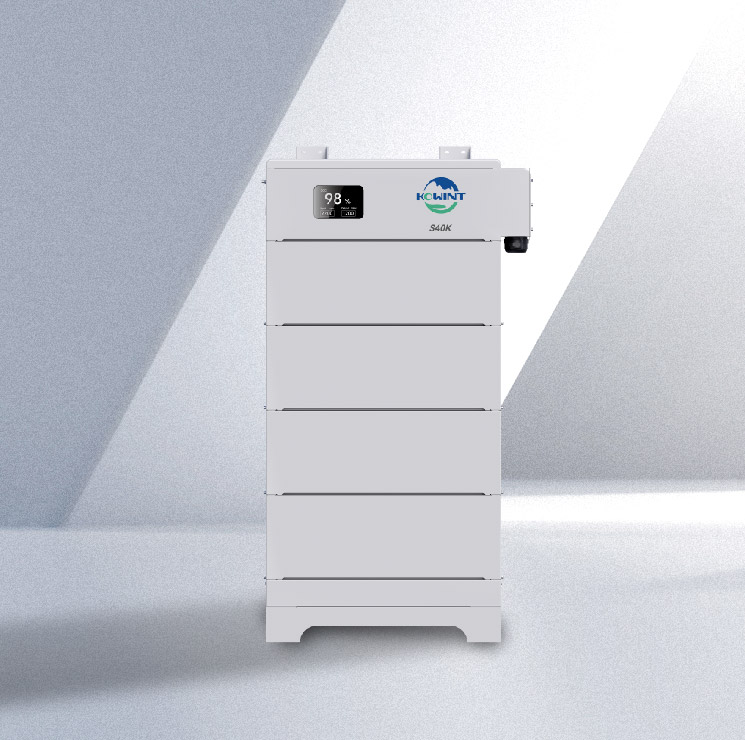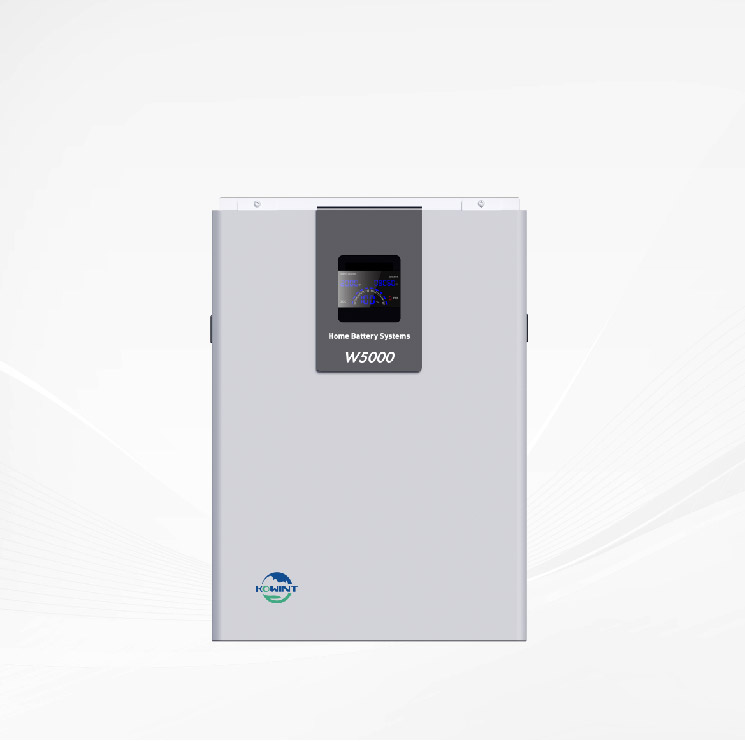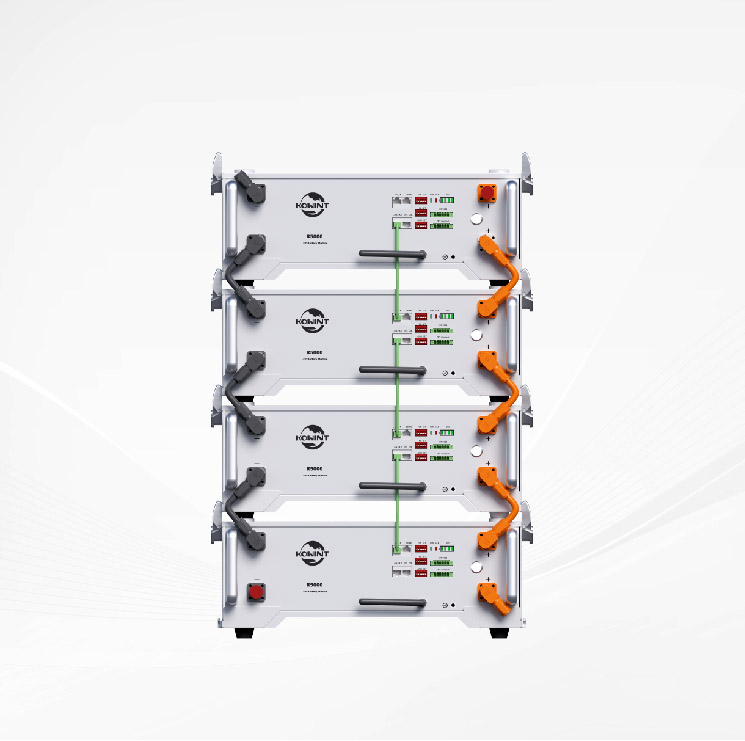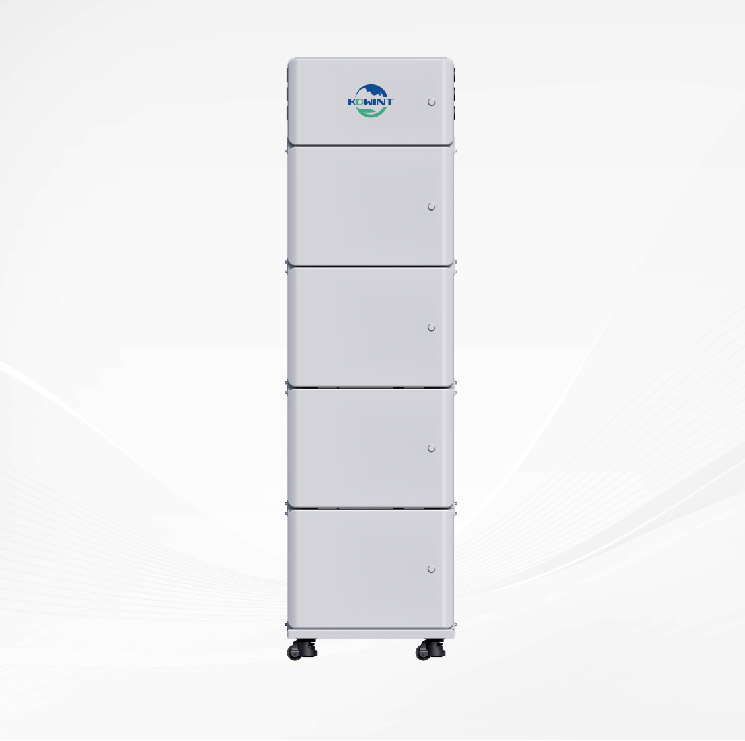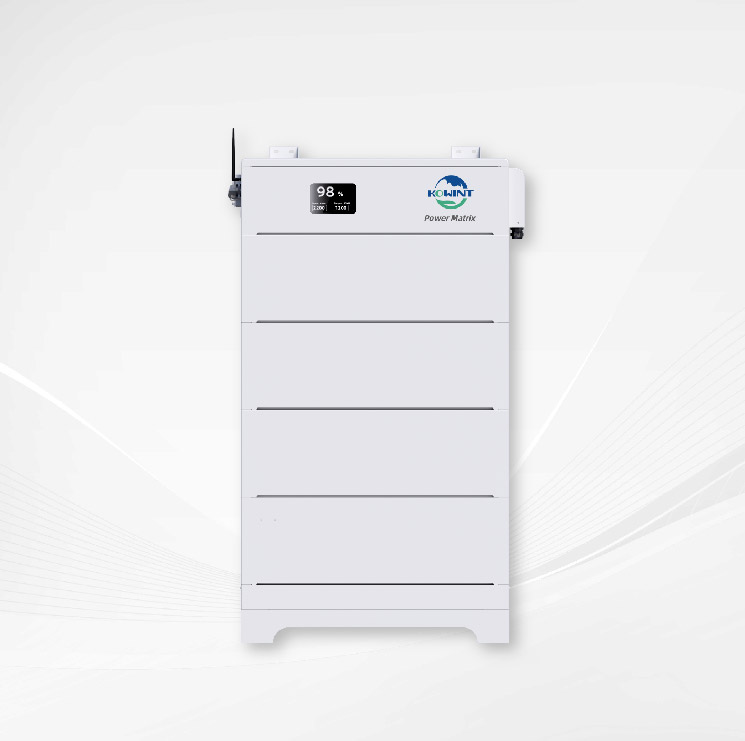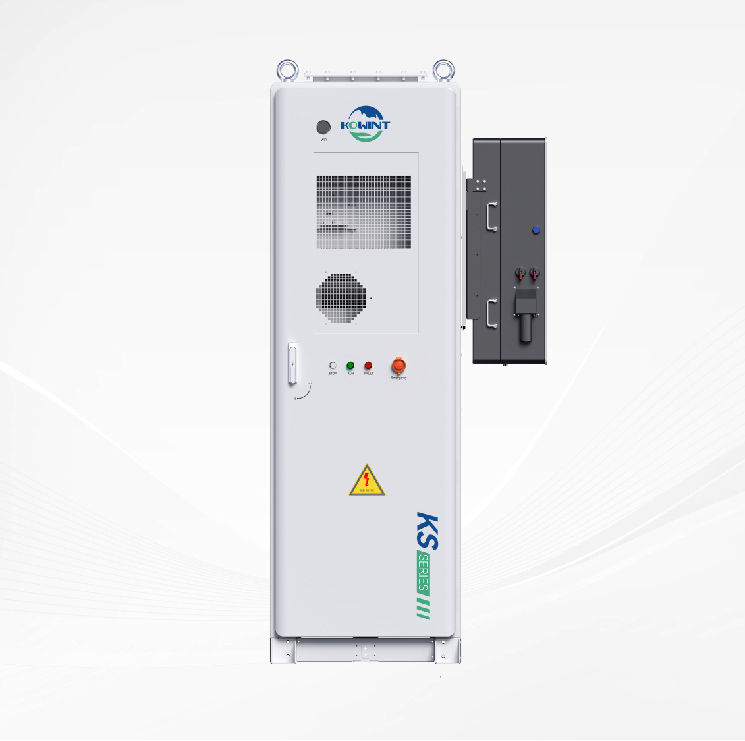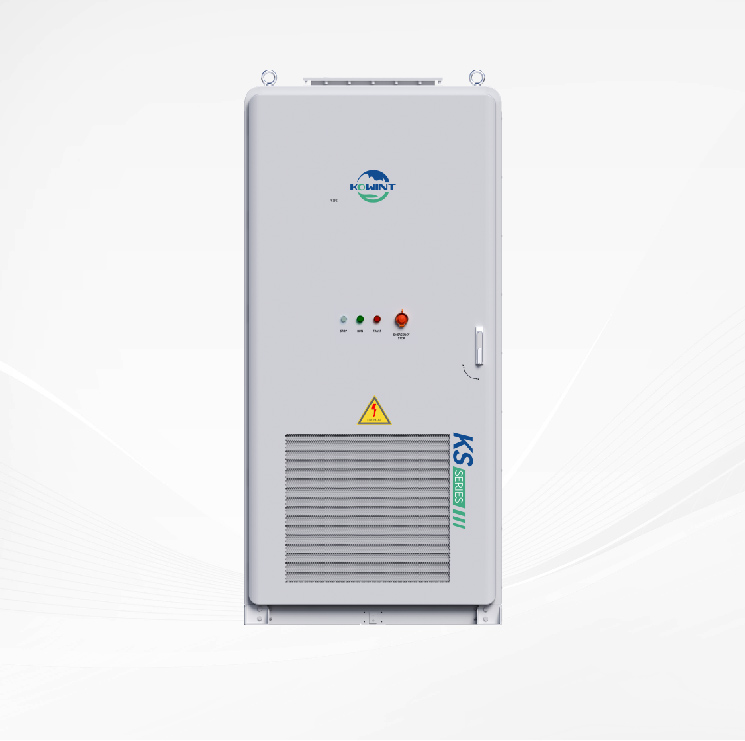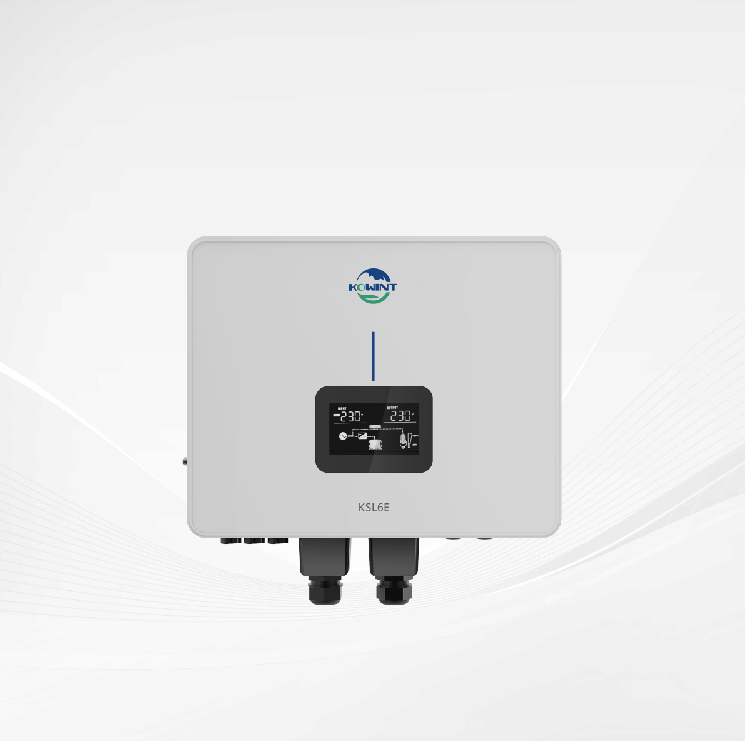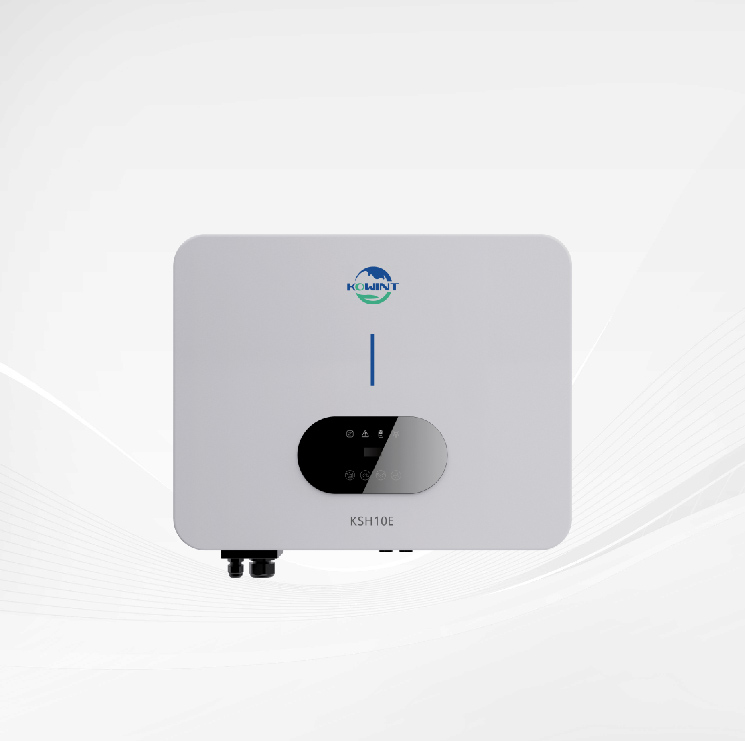A Guide to Connecting Solar Panels to Batteries: Harnessing the Power of the Sun
In today's world, harnessing renewable energy sources like solar power has become increasingly important. Solar panels offer a clean and sustainable way to generate electricity, but to make the most of this energy source, it's essential to know how to properly connect solar panels to batteries. This article will guide you through the process, from understanding the basics to implementing your own solar energy system.
Understanding Solar Panels and Batteries
Solar Panels:
Solar panels are the backbone of any solar energy system. They work by harnessing the photovoltaic effect, which occurs when photons from sunlight strike the surface of semiconductor materials within the panels, creating an electric current. There are several types of solar panels available on the market:
1. Monocrystalline Solar Panels: These panels are made from a single crystal structure, typically silicon, which allows for higher efficiency and better performance in low-light conditions. Monocrystalline panels are known for their sleek appearance and longevity, making them a popular choice for residential and commercial installations.
2. Polycrystalline Solar Panels: Polycrystalline panels are made from multiple silicon crystals melted together, resulting in a lower efficiency compared to monocrystalline panels. However, they are more cost-effective to produce and are suitable for applications where space is not limited.
3. Thin-Film Solar Panels: Thin-film panels use layers of semiconductor materials deposited on a substrate, such as glass or metal. While they are less efficient than crystalline silicon panels, thin-film panels are lightweight, flexible, and often more affordable. They are suitable for applications where traditional solar panels may not be feasible, such as curved surfaces or portable solar chargers.
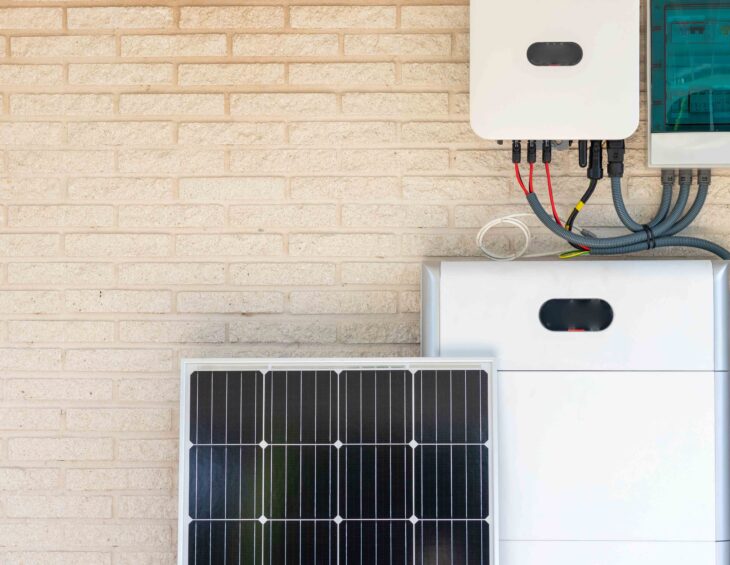
Batteries:
Batteries play a crucial role in a solar energy system by storing the electricity generated by solar panels for use when the sun is not shining. There are various types of batteries available, each with its own characteristics and suitability for different applications:
1. Lead-Acid Batteries: Lead-acid batteries are one of the oldest and most commonly used types of batteries for solar energy storage. They are relatively inexpensive and come in two main varieties: flooded (wet cell) and sealed (valve-regulated lead-acid, or VRLA). While flooded lead-acid batteries require regular maintenance and ventilation due to the release of hydrogen gas during charging, sealed lead-acid batteries are maintenance-free and can be installed indoors.
2. Lithium-Ion Batteries: Lithium-ion batteries have gained popularity in recent years due to their high energy density, longer lifespan, and faster charging capabilities compared to lead-acid batteries. They are lightweight, compact, and require minimal maintenance, making them ideal for residential and commercial solar energy systems. However, lithium-ion batteries tend to be more expensive upfront, although their lower long-term cost of ownership often offsets the initial investment.
3. Nickel-Cadmium (NiCd) Batteries: NiCd batteries are known for their robustness, reliability, and ability to withstand extreme temperatures and overcharging. They have a long cycle life and can be deeply discharged without damage, making them suitable for off-grid solar applications and backup power systems. However, NiCd batteries contain toxic materials and require proper disposal at the end of their life cycle.
Choosing the right type of battery for your solar energy system depends on factors such as cost, performance, lifespan, and environmental impact. It's essential to consider your specific requirements and budget when selecting batteries to ensure optimal performance and longevity of your solar energy system.
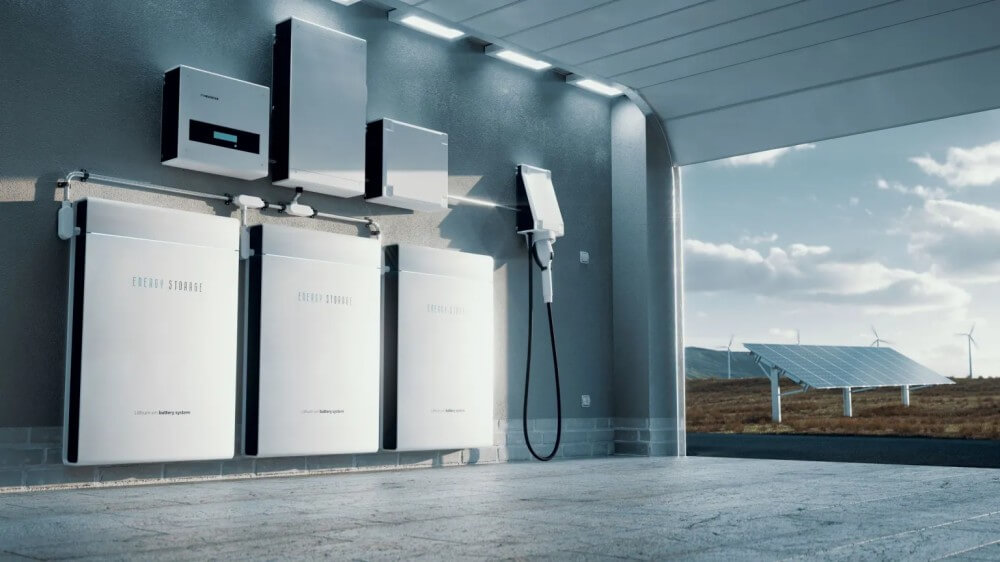
Components Required
To set up a solar panel system connected to a battery, you'll need several essential components. Understanding each component's function and how they work together is crucial for a successful installation:
1. Solar Panels: Solar panels are the primary component of a solar energy system. They consist of photovoltaic cells that convert sunlight into electricity. When multiple solar panels are connected in series or parallel, they create a solar array capable of generating sufficient electricity to power your appliances or charge your battery bank.
2. Charge Controller: A charge controller regulates the flow of electricity from the solar panels to the batteries. It prevents overcharging of the batteries by monitoring the voltage and current levels and adjusting the charging process accordingly. Charge controllers come in two main types: PWM (Pulse Width Modulation) and MPPT (Maximum Power Point Tracking). MPPT controllers are more efficient and suitable for larger solar systems, while PWM controllers are cost-effective for smaller setups.
3. Battery: Batteries store the electricity generated by the solar panels for later use, providing a reliable power source when sunlight is unavailable. The type of battery you choose depends on factors such as capacity, voltage, cycle life, and maintenance requirements. Common types of batteries used in solar energy systems include lead-acid, lithium-ion, and nickel-cadmium batteries.
4. Inverter: If you plan to use AC-powered appliances or connect your solar system to the grid, you'll need an inverter to convert the DC (direct current) electricity from the batteries or solar panels into AC (alternating current) electricity. Inverters come in different sizes and types, including standalone inverters for off-grid systems and grid-tied inverters for grid-connected systems with battery backup.
5. Wiring and Connectors: Proper wiring and connectors are essential for connecting all the components of your solar energy system safely and efficiently. Use high-quality, UV-resistant wiring and connectors suitable for outdoor use to minimize energy losses and ensure reliable connections. Follow the manufacturer's guidelines and local electrical codes when sizing wires and choosing connectors to prevent overheating and electrical hazards.
6. Mounting Hardware: Mounting hardware such as racks, brackets, and rails are used to secure the solar panels to rooftops, ground mounts, or other support structures. Choose durable and weather-resistant mounting hardware designed to withstand the elements and provide a secure foundation for your solar array.
7. Disconnect Switches and Breakers: Disconnect switches and breakers are essential safety devices that allow you to isolate and shut off power to the solar panels, charge controller, batteries, and other components for maintenance or in case of emergencies. Install disconnect switches and breakers according to the manufacturer's specifications and local electrical codes to ensure safe operation of your solar energy system.
By understanding the function of each component and selecting high-quality equipment suitable for your specific needs, you can build a reliable and efficient solar energy system connected to batteries for clean, sustainable power generation.
Steps to Connect Solar Panels to Batteries
Site Assessment and Planning:
l Before installing solar panels, conduct a thorough assessment of your site to determine the best location for maximum sunlight exposure. Consider factors such as shading from nearby trees or buildings, roof orientation, and tilt angle.
l Use tools like solar irradiance maps or solar site assessment tools to estimate the solar potential of your location and identify the optimal placement for your solar panels.
l Plan the layout of your solar array, taking into account the available space, desired capacity, and future expansion possibilities.
Mounting Solar Panels:
l Choose the appropriate mounting method based on your site assessment, whether it's rooftop mounting, ground mounting, or pole mounting.
l Install mounting brackets, rails, or racks securely to support the weight of the solar panels and withstand environmental conditions such as wind and snow loads.
l Follow the manufacturer's instructions for spacing, tilt angle, and orientation to ensure optimal performance of your solar array.
Connecting Solar Panels to Charge Controller:
l Position the solar panels in the designated mounting locations and secure them in place.
l Install the appropriate wiring and connectors to connect the solar panels in series or parallel, depending on the system voltage and current requirements.
l Connect the positive (+) and negative (-) leads from the solar panels to the corresponding terminals on the charge controller, ensuring proper polarity and tight connections.
l Follow the wiring diagram provided by the charge controller manufacturer to ensure correct wiring and avoid electrical issues.
Connecting Charge Controller to Battery:
l Select a charge controller suitable for your battery type, voltage, and capacity, ensuring compatibility with your solar panel array.
l Install the charge controller near the battery bank in a well-ventilated and accessible location.
l Connect the positive (+) and negative (-) leads from the charge controller to the corresponding terminals on the battery, using appropriately sized wiring and connectors.
l Ensure proper fuse protection and overcurrent protection devices are installed in line with the wiring to prevent damage to the charge controller and battery in case of electrical faults.
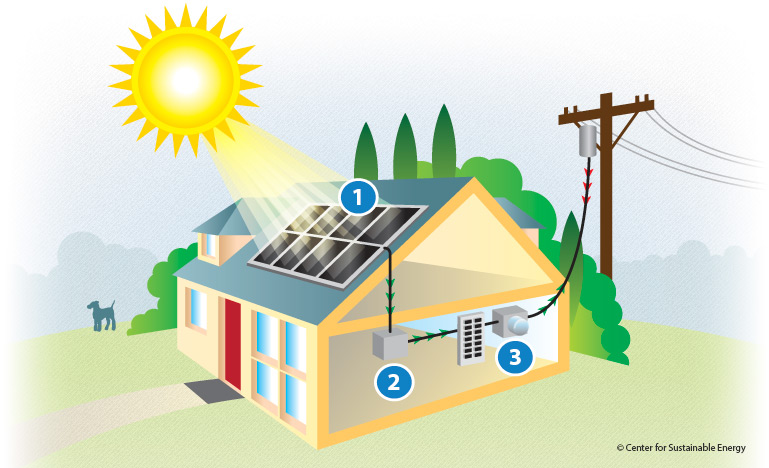
Testing and Troubleshooting:
l Test the system by verifying voltage and current readings at various points, including the solar panels, charge controller, and battery bank.
l Monitor the charge controller's operation to ensure it is properly regulating the charging process and preventing overcharging or undercharging of the batteries.
l Troubleshoot any issues that arise, such as low voltage or inadequate charging, by checking connections, wiring, and component settings.
l Consult the manufacturer's documentation or seek assistance from a qualified solar installer if you encounter difficulties in troubleshooting or need further assistance.
By following these steps and ensuring proper installation and connection of your solar panels to the battery bank, you can create a reliable and efficient solar energy system capable of powering your off-grid or backup power needs. Regular maintenance and monitoring of the system will help ensure its long-term performance and reliability.
Maintenance and Safety Tips
Regular Maintenance Tasks:
l Cleaning Solar Panels: Periodically clean the surface of your solar panels to remove dirt, dust, pollen, bird droppings, and other debris that can accumulate and reduce their efficiency. Use a soft brush, sponge, or squeegee with a mild detergent and water to gently scrub the panels. Avoid abrasive materials or harsh chemicals that could scratch or damage the panels.
l Checking Connections: Inspect the wiring connections, terminals, and junction boxes of your solar panels, charge controller, battery bank, and inverter regularly to ensure they are tight, secure, and free of corrosion. Loose or corroded connections can lead to voltage drops, electrical arcing, and system failures. Tighten or replace any damaged or degraded connections as needed.
l Monitoring Performance: Monitor the performance of your solar energy system by tracking energy production, battery voltage, and system efficiency over time. Use monitoring tools, software, or mobile apps provided by your system manufacturer or third-party vendors to analyze data and identify any deviations or anomalies that may indicate issues with your system's operation.
l Replacing Batteries: Lead-acid batteries require periodic maintenance, including checking electrolyte levels, topping up distilled water if necessary, and equalizing charges to ensure uniform cell voltages. Monitor battery health and performance regularly and replace aging or degraded batteries before they fail to prevent downtime and costly repairs.
Safety Precautions:
l Working with Electricity Safely: Always follow safety protocols and best practices when working with electrical components of your solar energy system. Turn off power sources, wear insulated gloves and protective clothing, and use insulated tools when handling live wires or components to prevent electrical shocks and injuries. Never touch exposed wires or terminals with bare hands, and avoid working in wet or damp conditions to minimize the risk of electric shock.
l Preventing Overcharging and Overheating: Install overcurrent protection devices, such as fuses, circuit breakers, or surge suppressors, in line with the wiring of your solar panels, charge controller, and battery bank to prevent overcharging, short circuits, and electrical fires. Use temperature sensors or thermal cutoff switches to monitor battery temperatures and prevent overheating or thermal runaway in lithium-ion batteries, which can lead to fire or explosion hazards.
l Proper Disposal of Batteries: Dispose of old or damaged batteries properly according to local regulations and environmental guidelines to prevent pollution and contamination of soil and water sources. Recycle lead-acid batteries at authorized recycling facilities to reclaim valuable materials and reduce the environmental impact of hazardous waste disposal. Follow manufacturer instructions for recycling lithium-ion batteries or consult with certified recyclers for safe disposal and recycling options.
By implementing these maintenance and safety tips, you can ensure the reliable operation, longevity, and safety of your solar energy system while minimizing the risk of accidents, injuries, and environmental harm. Regular maintenance and proactive safety measures are essential to maximize the performance and efficiency of your solar energy system and protect your investment for years to come.
Conclusion
Connecting solar panels to batteries allows you to harness the power of the sun and enjoy reliable electricity even in remote locations or during power outages. By following the steps outlined in this article and maintaining your solar energy system properly, you can reduce your carbon footprint and contribute to a more sustainable future. Start your journey to renewable energy today!


 Residential Energy Storage System
Residential Energy Storage System Commercial & Industrial BESS
Commercial & Industrial BESS Residential inverter
Residential inverter